The phrase “chopping bolts” is one of the worst misnomers in the climbing lexicon. Chopping a bolt really just means taking a bolt out of the rock. Yet for some reason, the term “chop” connotes the idea of a righteous, half-crazed trad zealot committing a violent act—via sledgehammer or industrial-sized chain/bolt cutter—upon the offending mechanical peg currently desecrating the sacred stone.
At least that’s how I always interpreted it years ago when I lived out East and ran around in circles of chop-happy traditionalists. But then I moved to Colorado, where the ethics are as loose as the sunshine is bright. I clipped a ton of bolts, continued to trad climb, raised my ability three number grades and decided it’s not really worth caring so much about these stupid things when there’s so much rock to spray about. The soul and spirit of climbing is alive and well, not just in spite of but also directly because of the addition of so much fixed gear to our country’s crags.

Another, even-wronger way to chop a bolt. This all-around horrific hatchet job was discovered at Long Crag in Yorkshire.
I once spent 45 minutes and 4500 calories removing an old Powers 5-piece bolt from the wall with nothing more than a hammer and pry bar. My intent was merely to replace the old bolt with a new one, and also move its location to a different spot—but I obviously had no idea how to do it. I left an ugly mess of scars across the rock (which I eventually patched up properly; i.e., you wouldn’t be able to notice the scars).
Bottom line is, you don’t hear much about “chopping bolts” unless it has to do with an ethical controversy, complete with villains and heroes depending on which side of the division you fall.
But this is wrong.
The main message I wanted to convey with this post is to deflate, disarm and debunk the idea that chopping bolts is a matter of brute force. There is actually a proper way to chop bolts—but up until now, no real resource or guide showing one how to do it.
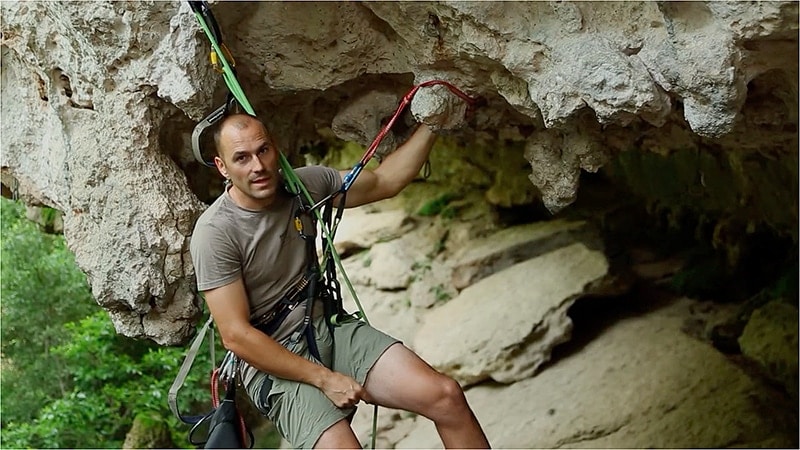
Our friends at Climb Tech have produced a great video about bolt replacement. Keep scrolling to see it.
Why is this an issue?
We’re roughly between three and four decades deep into this thing called “sport climbing,” and in that time, many of the country’s earliest sport crags are beginning to show signs of their age. Bolts, especially those located in the seepiest of limestone cliff-bands, are corroding to the point that they may not longer be as safe as they once were. Just look at the Virgin River Gorge, which just got a total facelift with spanking new hardware thanks to a few dedicated locals, particularly Rob Jensen and Todd Perkins.
No need to panic! By and large, it’s safe to say that a majority of bolts are completely safe to fall and hang on. Even the most rusted-looking piece-of-crap stud in the wall could probably hold a thousand more climbing falls (which, thanks to our ropes, don’t generate a whole lot of force) before it just explodes out of the wall.
But as they also say: Safety is no accident.
There is absolutely no reason any climber should be forced to fall on an unsafe bolt. We have the technology, the resources, the man-power and, being a community of jobless dirtbags, all the free time in the world to spend updating our sport crags with safe hardware.
And now, thanks to this new video from Climb Tech, we also have a great resource about how to go about chopping a bolt—and how to replace it with a Wave bolt glue-in. I’ll save a discussion on the merits of shortcomings of glue-in bolts for another post, but it’s safe to say that glue-ins are safer and, most important, more long-lasting than other types of bolts.
But what’s most important about the information conveyed in this video is that it’s absolutely possible to remove an old bolt and use the same hole to place a brand new long-lasting glue-in. The part that I found most enlightening was Matt Twyman’s tips for how to remove the sleeve and cone of the expansion bolt (which I’ve always just left in the hole when I’ve removed these suckers).
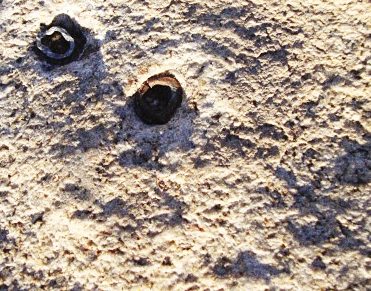
Check out this video from Climb Tech (produced by my friends and ever-talented hustlers at Louder Than 11). Please visit Climb Tech’s website for your fixed-hardware needs and don’t be shy in reaching out to Karl, Eric, Chris and the rest of the team that works there. They are all passionate, stoked, talented climbers who have a wealth of information on this type of stuff, and will be more than happy to share it.
Most important, they are at the forefront of hardware management and design (i.e. their new Legacy bolt) to help us keep sport climbing safe, sustainable and responsible for years to come.
Here’s another video showing a step by step for setting up the bolt-removal extractor kit.


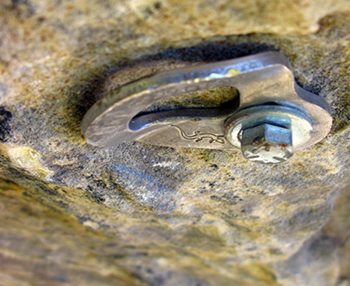

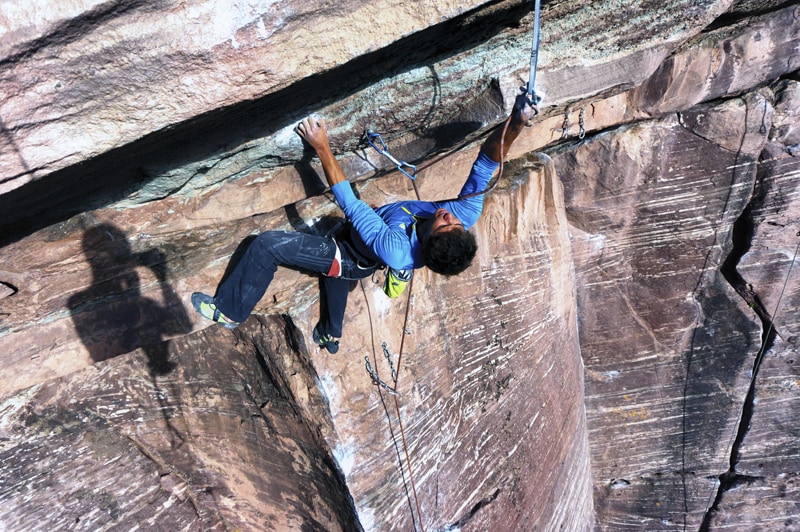
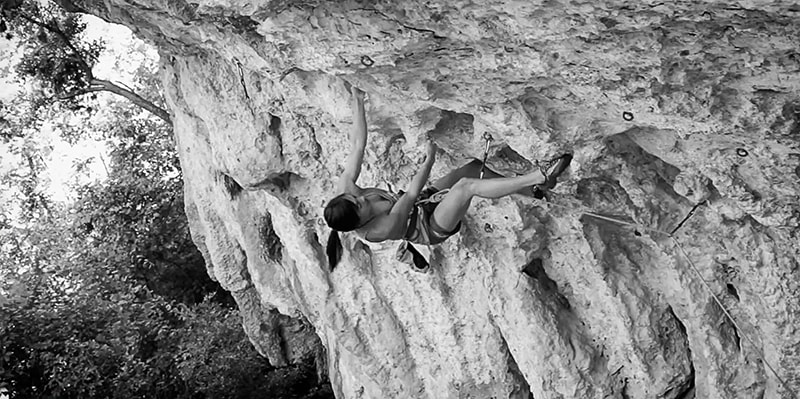


0 Comments